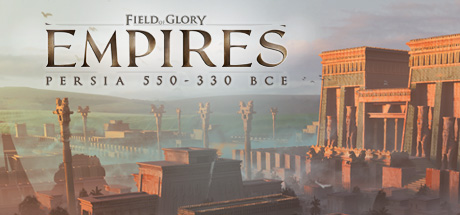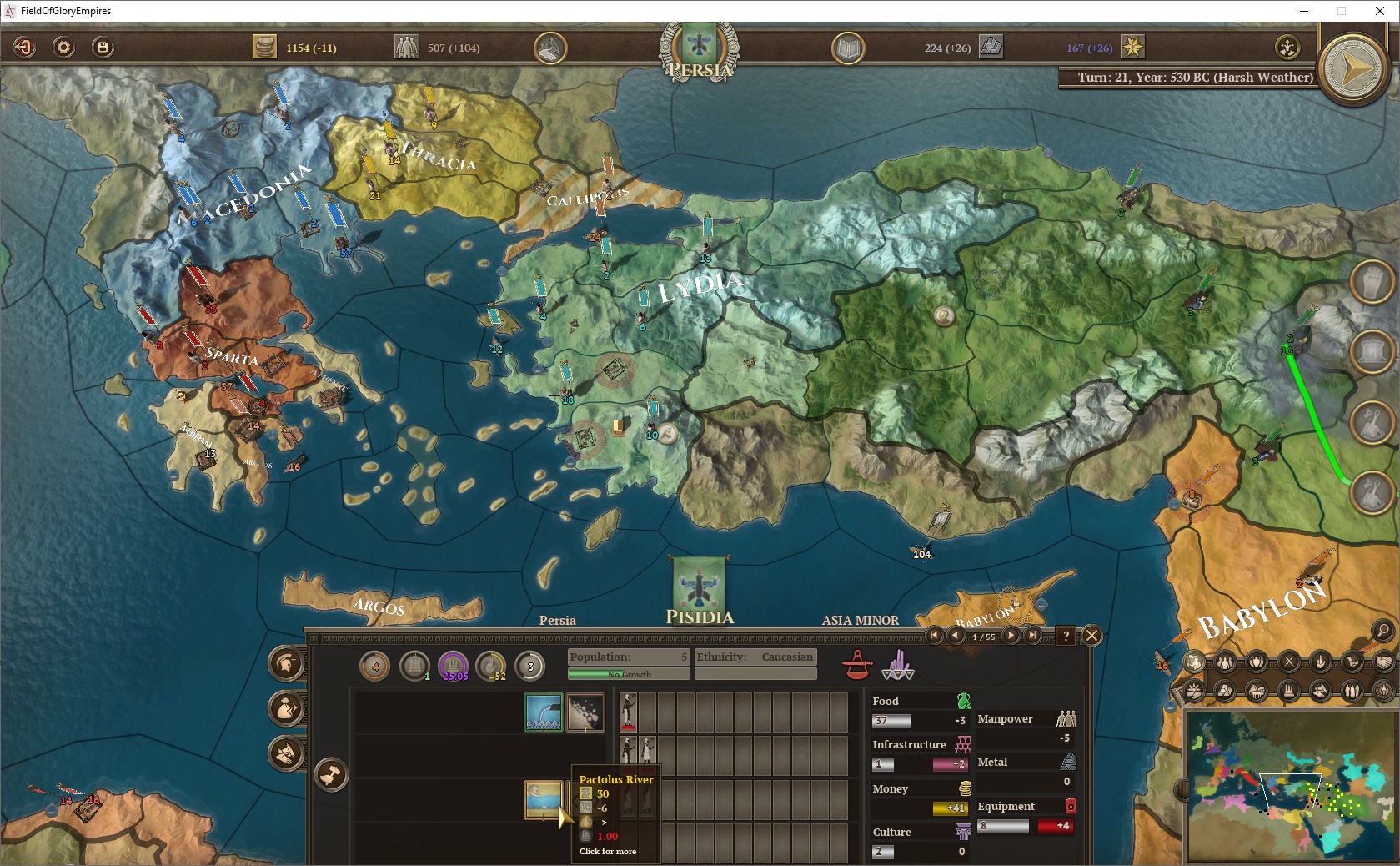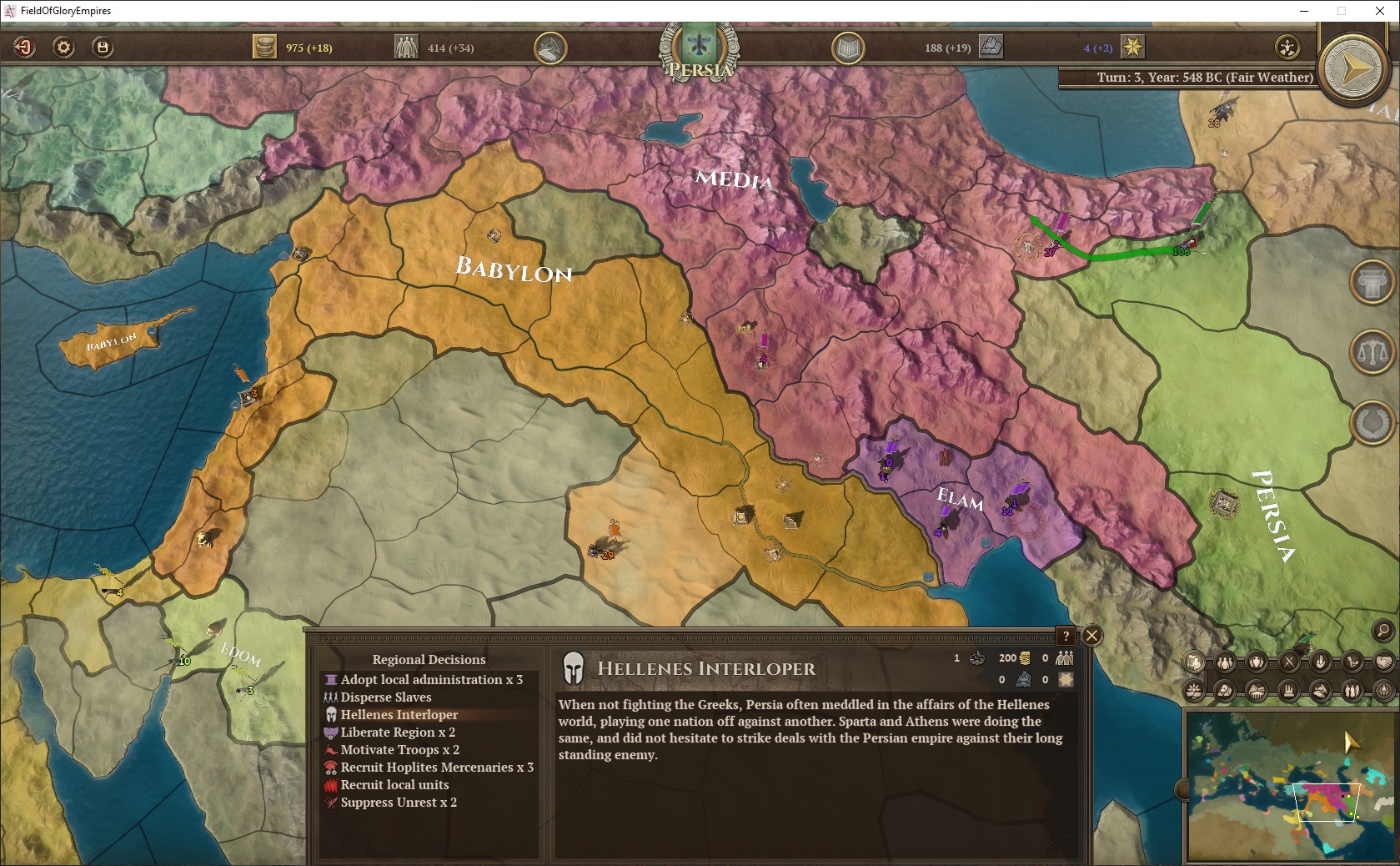by
Before the Second Battle of Newbury, the Parliamentary General the Earl of Manchester said "The King need not care how oft he fights... if we fight 100 times and beat him 99 he will still be king, but if he beats us but once, or the last time, we shall be hanged, we shall lose our estates, and our posterities be undone".
The game 'The English Civil War' also has another title: 'A War Without An Enemy'. As in most civil wars, the word 'civil' was dropped pretty much at the start of hostilities.
The English Civil War was actually a series of three conflicts. The first was fought from 1642 to 1646. The second was fought between 1648 and 1649. Both of these were fought between Parliament and King Charles I and his followers. The third part of the civil war was fought between the adherents of King Charles II, and the 'Rump' Parliament, King Charles I having been beheaded on January 30th 1649.
This game is about the first part of the conflict, July 1642 to December 1646. The game comes with three tutorials and three campaigns, The tutorials are:
Basic Rules
Recruitment, Production, and Decisions
Advanced Concepts and Tips
The three campaigns are:
Marston Moor
Naseby
Just like 'Bonnie Prince Charlie', Charles I lost his best chance to end the war by swiftly moving on London. In Charles I's case this was after the battle of Edgehill in 1642.
As in real war most Ageod games show that controlling land and cities is the key to winning wars. Without a proper amount of area under your control, you will die a slow death. As an army commander you need a population large enough to to recruit soldiers from, and also tax, and grow crops etc. to keep your army intact.
The system used in the game is 'WEGO', meaning that both sides plan their moves, and the computer shows the outcome of your decisions. The 'Athena' engine of most Ageod games works best with a smaller number of units in play. So the 'English Civil War' and its older brother the 'Thirty Years War' are a perfect fit for the engine. The turns are fifteen days long. This game, again like TYW, has regional event cards that the player can utilize to influence the war.
In the campaign game, the king starts with slightly better forces and controls the north of England. The Parliament controls the south and London. The Parliament also gained control of most of the English naval forces at the beginning of the war. As keeping control of areas and gaining new ones is so important, sieges play a large part of the game. This really puts us budding generals on the horns of a dilemma. Do you parcel out your forces over a large area to keep control all of your cities, or do you keep a large army intact for use in both offense or defense? Remembering that, keeping a large army supplied is not easy. This is 1642, not 1942, and there are no trucks or railways. So everything you need moves by wagon, with the horses that are carrying your supplies probably needing more than your army does. So warfare in this era is a lot like the later rounds of a boxing match. Both opponents have to try and rest, and then pick and choose when to attack. So there is usually a flurry of activity followed by both sides resupplying etc.
The Marston Moor campaign is pretty much a toss up between the King and Parliament. The Naseby campaign is, as it should be, tilted heavily in Parliament's favor. I have learned the hard way not to attempt battle early on playing as the Royalists.
The Ageod 'Athena' engine has always had its detractors and its fan base. The area movement and lack of player input during battles has left some of the micro-management players out in the cold. To me and most others, the 'Athena' engine does a great job of showing how pre-20th century warfare really worked. The system is a bit hard for brand new players. Now however, there are plenty of 'how to' videos for Ageod games, and the tutorials have only gotten better.
Now we have to move on to one item. For those of you with small children or grand kids, Dora can help us out "It's the map, it's the map, it's the map". Some parts of the map are not correct. From what I understand it is where some cities are compared to the counties or areas on the map. In reading the various posts and then looking at the map I understand these peoples' chagrin. The good news is that it really does not affect the game play at all.
In May a patch (version 1.02) was posted about. It was supposed to include the following:
-- Some text Issues fixed.
-- Logbatch consumes a lot of memory issue fixed.
-- Leaders dont recover their stats after forming a group fixed.
-- Patch number does not show up fixed.
-- Issue regarding the construction of troops. Fixed, now you can build in the regions you have loyalty over 51% and if you have the assets needed.
-- Reg Southminster tooltip now shows ‘Clear’.
-- More WS for the Parliamentarian. Some structures generates more WS each turn.
Per the forum, it looks like it is taking longer than expected to release it because more fixes were going to be added to it. I was trying to hold off until the new patch was released to start playing, but time waits for no man.
On another note, I love the movie Cromwell. Here are some quotes from people about him that I found:
Robert Leckie in 'A few Acres of Snow' called him a "hymn singing swine".
Clarendon called him a "Brave Bad Man".
An Irish Prime Minister in London is supposed to have said "I am not going to talk until you take that picture of that murdering bastard down"
Robert

















Follow Us